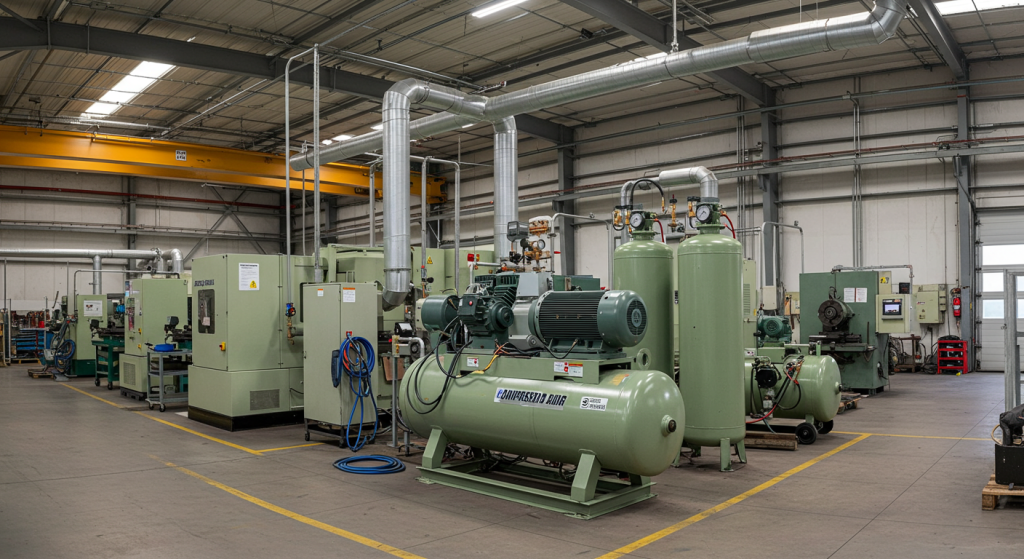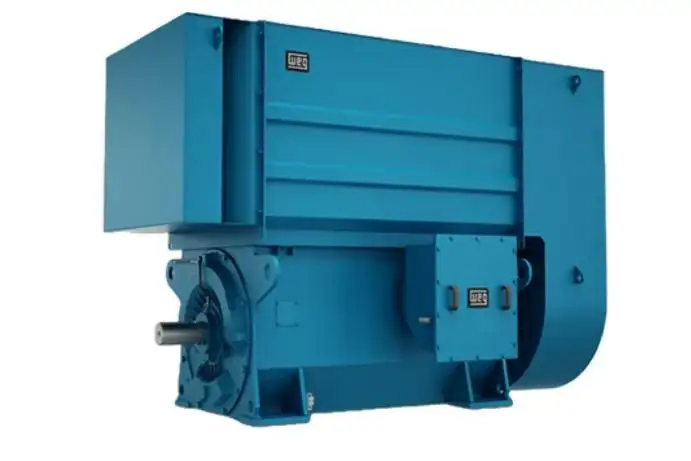Examining the Concept of Compressibility
Have you ever thought about why are gases easy to compress into a small container but cannot be so with solids and liquids? The answer is found in the behavior of gases as a state of matter. In this article, we will look into the everyday and technical examples that show the ease with which gases can be compressed.
What is Gas Compressibility?
Gas compressibility is subject to the phenomenon where gas shrinks in volume when compressed under pressure. Out of the three classical states of matter, solid, liquid, and gas, the most compressible is gas. Gas compressibility arises from the large empty spaces between gas particles. Unlike liquids and solids, gas particles are in constant motion and have space to move about.
The Kinetic Molecular Theory: Basis of Compressibility
Kinetic Molecular Theory (KMT) explains the behavior of gas in terms of molecules. This is what it states:
• Particles of gas move in straight lines and at a substantial velocity.
• The particles are so far apart that their volume becomes insignificant.
• No significant intermolecular forces are acting between them (under ideal conditions).
Molecular Spacing and Arrangement of Particles
Molecular spacing is the primary reason why gases can be compressed easily.
• In solids, particles remain nearby.
• In liquids, particles remain close together, though they are now more spaced out compared to solids.
• In gases, particles have ample room to move and are much more spaced out.
Only gas particles can be easily compressed into a smaller volume if pressure is applied. In liquids and solids, where particles are nearly in contact with each other, this compression is not feasible.
Intermolecular Forces in Gases
The molecules of gases possess very weak or nonexistent forces between them, termed intermolecular forces. This is why gas molecules do not resist the tendency to move closer together.
There are stronger forces that enable them to hold their molecules in position. Similar reasoning applies to solids where the particles are locked in position within a rigid lattice structure.

What Changes Occur by Gas Compression?
The following changes occur when a gas is compressed:
• Volume decreases.
• Increase in pressure (this is Boyle's Law in action).
• Increased density due to more particles being forced into a smaller space.
• Possible increase in temperature, depending on whether compression is isothermal or adiabatic.
At constant temperature, the pressure of a gas is inversely proportional to its volume," states Boyle’s law.
What is the Reason Solids and Liquids Cannot Be Compressed Easily?
This question helps us understand why solid and liquid compression is not feasible:
• Solids: The particles are fixed in a rigid arrangement, offering no chance for movement.
• Liquids: The particles are near one another and can move, but there is not enough space.
• Gases: Their particles are distanced, capable of moving freely, and can be brought closer under pressure.
Gas Compression and Examples From Your Life
Understanding gas compression is more than a theoretical exercise; it has practical importance.
Scuba Diving Tanks
Diving instructors utilize high-pressure tanks for underwater breathing since they contain compressed air. The gas is stored in a tank that can be accessed when submerged.
Aerosol Containers
Deodorants and paint aerosol cans contain compressed propellant gases like propane and butane.
Pneumatics
Aerospace and industrial machines that utilize air as fuel operate more efficiently with compressible gases. Tools and brakes are powered with an advanced system known as pneumatics, which relies on compressed air rather than liquids used in hydraulics.
Ideal Gas Behavior Versus the Compressibility of Real Gas
Under many circumstances, it is simpler to regard gases as ideal gases with particles:
- No volume
- No intermolecular forces
As a result, real gases differ from this model, particularly at low temperatures and high pressures.
Because of this, scientists have developed a compressibility factor (Z):
- Z = 1 signifies ideal behavior.
- Z does not equal one signifies non-ideal behavior.
Nonetheless, all gases have a greater extent of compressibility compared to liquids and solids.
Thermodynamics Relating to the Changing States of Gases
These changes of state include:
- Change in energy.
- Work done on the gas.
- Increase in internal energy.
- The temperature rises when no heat is removed (adiabatic compression).
- This is encapsulated by the First Law of Thermodynamics:
ΔU = Q - W
(Internal energy change = Heat supplied minus Work done by the gas)
This is applicable when discussing the cooling system in compressors, turbines, or even engines.
The Role of Density in Compressibility
Density describes the mass of matter within a volume unit. It is relatively easier to compress gases because:
• Low densities
• High volumetric space
Why are Gases Easy to Compress?
Gases are easy to compress because of their gas molecules. Compared to solids and liquids, gas particles are distant from each other and have large empty spaces between them. Thus, compressing these particles will require minimal force.
The lack of strong intermolecular forces means there is no adhesion or resistance to movement when compressed. By Kinetic Molecular Theory, particles of gas move randomly at a high speed, with most of the space that they occupy being empty. This allows external pressure to greatly compress their volume.
- One of the most basic laws explaining this behavior is Boyle’s Law, which states that for an ideal gas, its pressure increases when the volume decreases (as long as the temperature does not change). This characteristic makes gases quite suitable for compression technologies.
- In reality, this characteristic of gases is advantageous in many systems. Scuba tanks, aerosol cans, and pneumatic tools operate effectively because of the increased compressibility of gases. The physical properties of gases, unlike solids and liquids, enable responsiveness and suitability for these applications.
Conclusion
Understanding the why behind gas compressibility allows us to marvel at the properties of matter. Whether you are an engineering system designer, a chemistry student, or just curious, the knowledge of gas compression provides you with solid foundational science.









